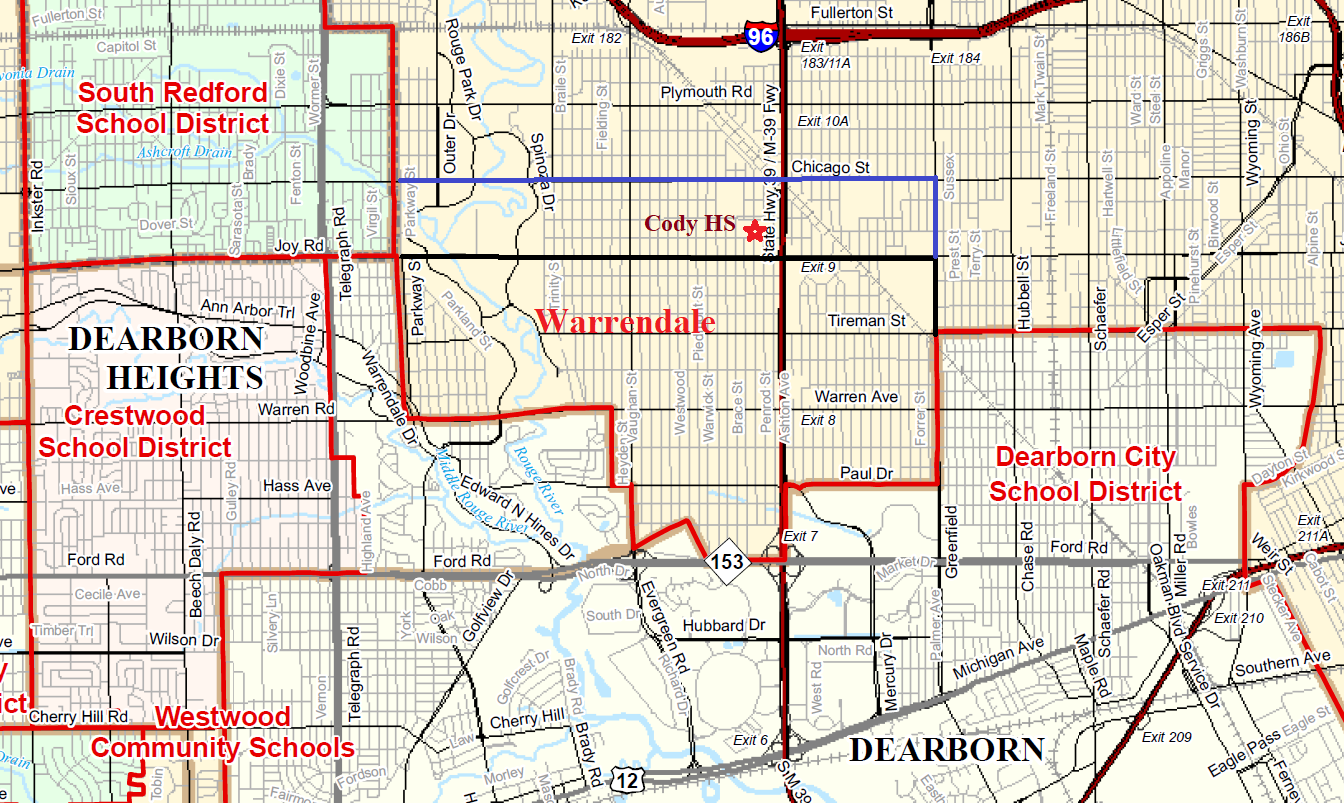
Presented: September 26, 2018
Michigan State University
A practical plan for the resurgence of Michigan’s largest city: Rethinking Wayne County
The Gelineau campaign accepts as a given that we can’t have a great Michigan without a great Detroit. For many, the loss of vibrancy and opportunity within the City is one of the truly sad realities of the past 50 years. That is not to say there are not wonderful and diverse people who strive daily to make Detroit better and the groups working to do so find successes despite the structural challenges present as industrial conversion as our more transient American culture chooses other locales.
It’s time we recognize that the decision of many to leave Detroit has causes that must be addressed. Despite bright spots, the depopulation of Detroit; now at 37% of its high point, is real. The reverberation of the city’s 2013 bankruptcy is still being felt and will be for years to come. The creation of the Detroit Public School Community District which deposited all of the public school debt into was a desperate act to address an unacceptable situation for children.
Our goal will allow communities to come together, create efficient, effective, and manageable units of government. This will allow those communities to become free from the history of strife and conflict which has too often been emblematic of the past 50 years. A Gelineau administration envisions the construction of neighborhoods which have entrepreneurial spirit not overshadowed by big government and big bureaucracy.
We envision a bold break from the past which allow residents to choose their own destiny. We believe that this is the only solution which will allow for the long-term success of each person.
1) Bill Gelineau proposes the separation of Wayne County into two counties.
The creation of the County of Detroit, including the cities of Detroit, Highland Park, Hamtramck , Harper Wood, Grosse Pointe, Grosse Pointe Park, Grosse Pointe Farms, Grosse Pointe Shores, and Grosse Pointe Woods. The Cities of Dearborn, Melvindale, River Rouge, and Redford Township would have the option to join either the new County of Detroit – or stay within the current Wayne County.
2) Much like Brexit (Detrexit), our campaign envisions a negotiation assisted by the State of Michigan to divide assets and debt equitably.
Like any major change in jurisdictional lines, this proposal would require enacting legislation and approval of voters. Like most large cities in American, Detroit has become a bureaucracy incapable of providing essential services needed by its citizens. Devolution provides opportunity for neighborhoods and neighbors to pull together and create a more effective plan for themselves and their future.
Many countries around the world have recognized the value of maximizing administrative power in the most local unit of government possible.
3) Large neighborhoods within the existing City of Detroit could petition for City Status envisioning new cities within the County of Detroit, thus allowing for the systematic devolution of the City into constituent thriving neighborhoods.
Perhaps large institutions such as universities and hospitals would provide anchor value to a neighborhood ideally between 3-5 square miles and containing one High School and other public school buildings.
Before consolidation and expansion of the City of Detroit many neighborhoods were thriving areas of either unincorporated townships or parts of other towns later absorbed by the ever-growing city. Lincoln Park and other communities incorporated as cities to avoid becoming part of the growth of Detroit.
One example of historic devolution would be the area known as Warrendale on the West side of the City. Drawn slightly larger than its historic boundaries, would include Cody High School and a community anchor.
Detroit Future City in its analysis of needs across a wide spectrum of values, housing, employment, quality of life, opportunity missed the mark by not recognizing the need to empower communities through legal independence.
These neighborhoods need not be treated like boroughs (as done in New York) but, as legally independent entities capable of decision-making as a fully chartered Michigan city.
4) Modern 21st Century Homestead Plan
Provide real opportunities for people with resources to make improvement to obtain tax foreclosed properties and restore the community. (See: One Block, under Resources)
Fostering opportunity and innovation, perhaps some areas would completely redevelop such things as mobile home communities for seniors, new cultural and business opportunities, and would no longer need to compete for resources with the larger interests of Downtown or other developed areas.
Moving tax foreclosed properties back into the market as soon as possible is the most important element in restoring communities. Not only does it reduce blight, but it also rebuilds the tax base to create more successful communities for people.
Ideally, these new cities within the County of Detroit will petition to create their own neighborhood school districts. Historically, Michigan and the City of Detroit had many magnitudes greater number of school districts empowering parents to provide interest and direction.
Benefits:
-
Rebuilding a sense of community
-
Manageable political structure
-
Independence from the Detroit Income Tax
-
Local control of schools and city
-
Neighborhood decision-making
-
Entrepreneurial opportunities for growth
-
Foster a 21st century “Homestead” opportunity
